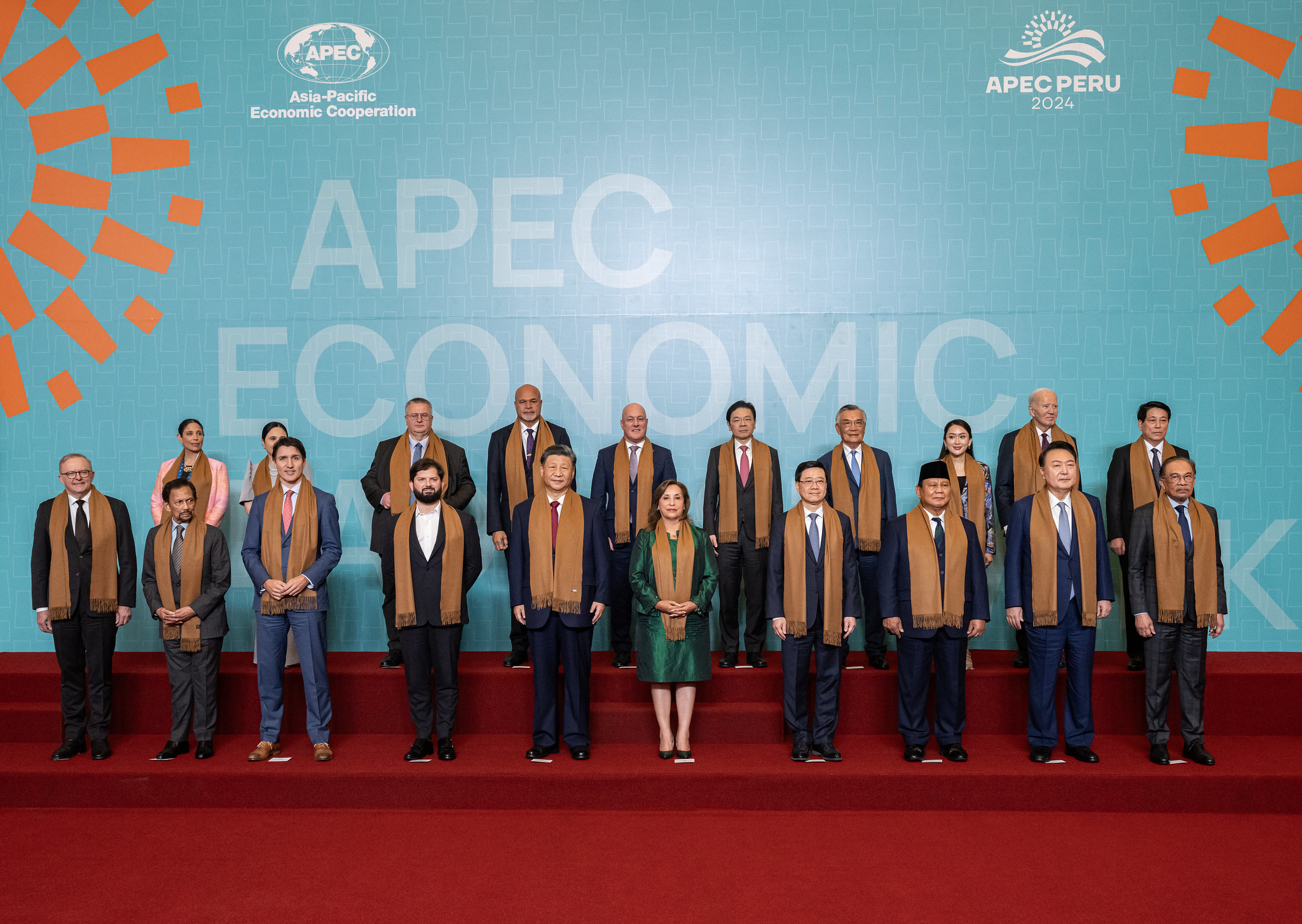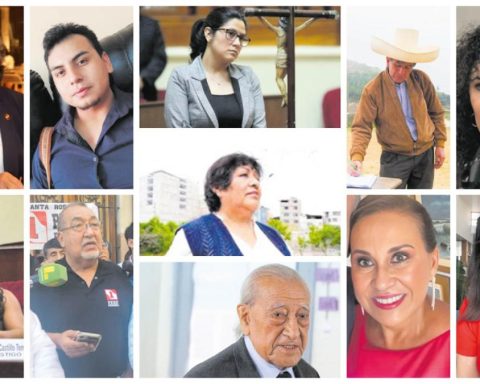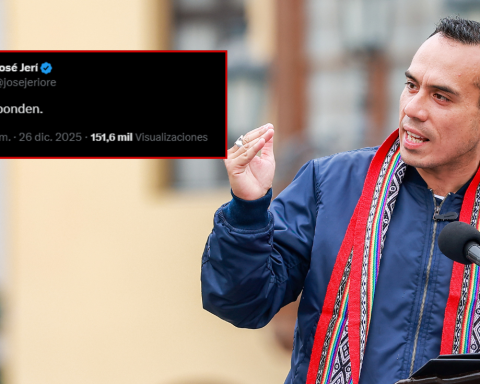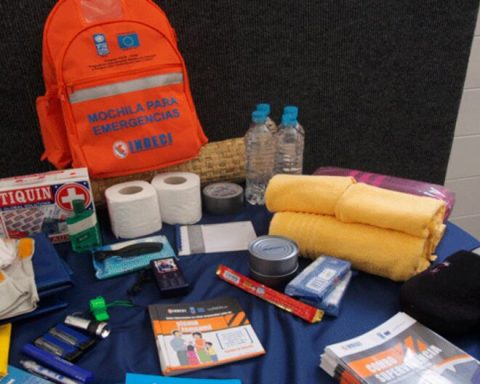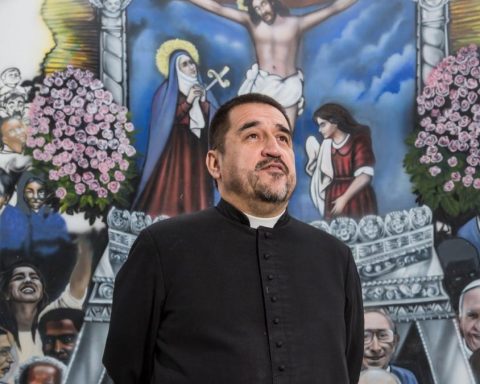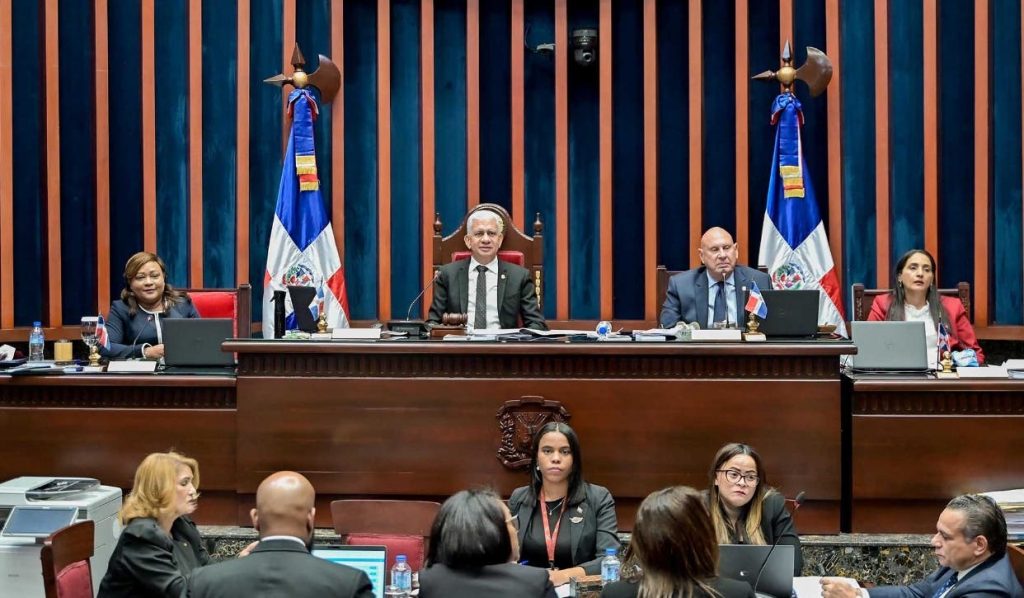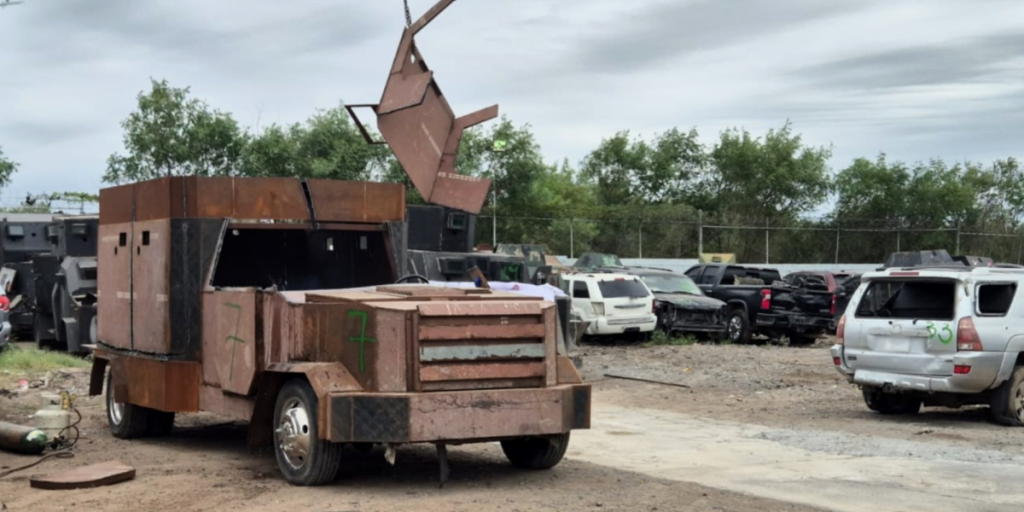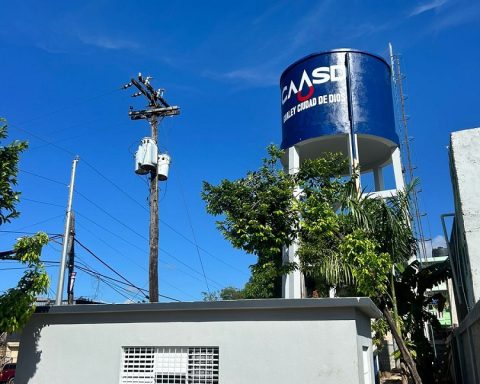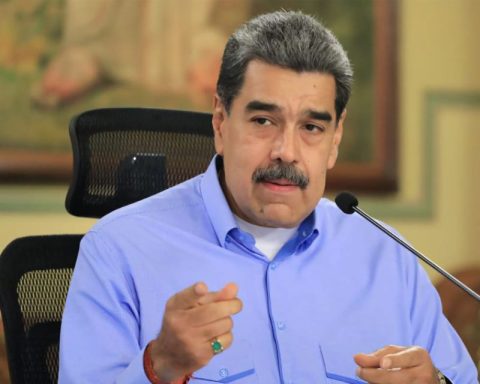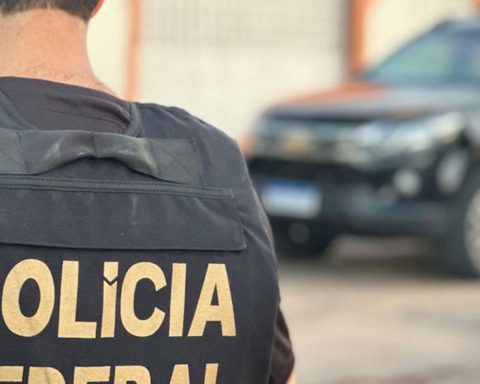“They have been hard days of work, but very productive. We have seen our image reinforced as a country open to trade, investment and international cooperation. Committed to dialogue and generating consensus to obtain important achievements that allow us to continue on the path towards development and prosperity.” With those words, President Dina Boluarte concluded the Leaders’ Week of the Asia-Pacific Economic Cooperation Forum (APEC).
Look: President of the United States describes Peru as an “important partner”
These days, which had Peru as the host country, meant the debate on issues such as trade and investment for inclusive and interconnected growth; and innovation and digitalization. In addition, they allowed the path towards a formal economy to be put on the agenda.
“Peru has prioritized APEC the social dimension of development and economic growth. The transition of informal actors to the formal economy was introduced as a central issue on the agenda,” said Boluarte in his exit speech.
In Peru, for many years labor informality has affected more than 70% of workers and to date no policy has been implemented to reduce this percentage.
The president mentioned that, through a joint ministerial declaration of the ministers of Foreign Affairs and Trade, the Lima Road Map was approved, which will allow the transition towards formality in the Asia Pacific region.
“(This document) is considered the most important deliverable of APEC Peru 2024. It will serve as a public policy recommendation to promote the gradual reduction of high levels of informality with a gradual approach,” he highlighted.
The head of state also highlighted the Ichma Declaration, which is a new look at a free trade agreement between the 21 economies that make up the bloc.
“This high-level declaration allows work on new international trade issues, such as digitalization, sustainability and inclusion, among others, considering the changing needs of our economies and the well-being of our populations,” he added.
Look:Justin Trudeau argues that free trade only works if it benefits everyone
IN HISTORY
The development of APEC 2024 put Peru in the eyes of the world, not only due to the arrival of leaders of world powers, but also due to the implementation of an emblematic project such as the Chancay megaport, which allows the country to become in a port hub and that also opens the doors for better trade in the region with Asian countries.
And, if we talk about trade, the summit allowed the signing of the Free Trade Agreement (FTA) with Hong Kong, and the Optimization Protocol with China. In addition, Peru signed a series of bilateral agreements with South Korea. With this, Peru’s presence on the Asian continent is strengthened. Likewise, Australia’s commercial interests with Peru were known.
The holding of this event led to it being known that the Peruvian economy and monetary policy are recognized by high authorities, such as the executive director of the International Monetary Fund (IMF), Kristalina Georgieva, and the Prime Minister of Canada, Justin Trudeau.
In addition, it meant that the collaboration of the United States with Peru was reaffirmed through the disbursement of US$65 million for the fight against drug trafficking, but also through the Caltrain railway company.
Beyond Leaders Week, as part of the organization of the forum in general, 280 international events and 11 ministerial meetings were held, some of which were held in cities in the interior.
Within the framework of the summit, seven technical-political instruments were also adopted and a total of 11 ministerial declarations related to the economic and social growth of the member countries were approved.
Take advantage of the NEW EXPERIENCE, receive our enriched digital newspaper by mail and WhatsApp. Peru21 ePaper.
Now available in Yape! Find us at YAPE Promos.
RECOMMENDED VIDEO
